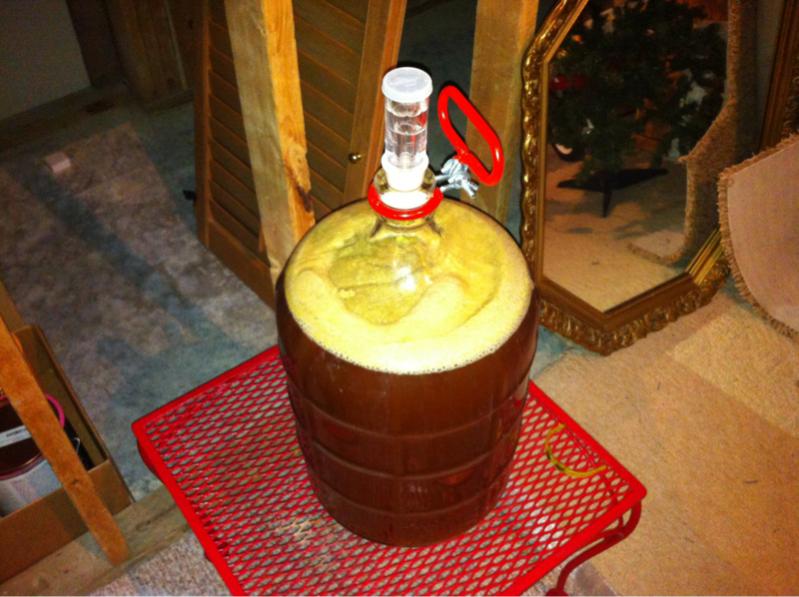apcoach
Well-Known Member
My secondary carboy is now been full of dry-hopped IPA for 7 days. I'm afraid to rack to bottles because the airlock is still bubbling and their is quite a bit of Krausen on top. I'd be comfortable just letting it sit in their awhile except I've read how you don't want those hops in there over a week. Should I just leave it alone or try to fish the hops bag out which won't be easy bc it's full of 2 oz of centennial. Thanks




